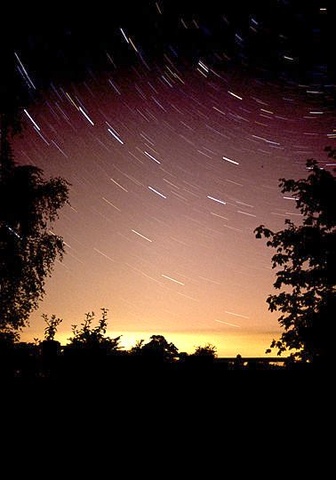Breadcrumb
8A10.22 - Tracking Stars, Sun, and Moon

Code Number: 8A10.22
Demo Title: Tracking Stars, Sun, and Moon
Area of Study: Astronomy
References:
- Vitoria Treff, Alberto C. Bertuola, and Victo S. Filho, "An Image Analysis Method for Calculating the Moon’s Orbital Eccentricity", TPT, Vol. 57, #8, Nov. 2019, p. 562.
- Michael J. Burin, "Some Daytime Activities in Solar Astronomy", TPT, Vol. 43, #1, Jan. 2016, p. 36.
- Todd C. McAlpine, Corwin Atwood-Stone, Travis Brown, and John F. Lindner, "Tracking the Stars, Sun and Moon to Connect with the Universe", AJP, Vol. 78, #11, Nov. 2010, p. 1128.